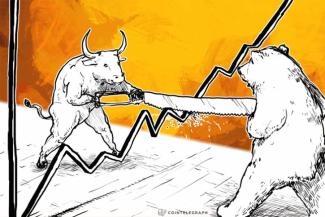
Whipsawed Explained
What Does it Mean to Get Whipsawed?
Whenever financial writers start believing that we may be at or near the bottom of a long bear market, they start warning their readers about the dangers of getting ‘whipsawed.’ But they seldom explain what they are talking about and may be understating the danger it poses.
The term comes from a type of two-person handsaw used to cut down trees back before we had chainsaws to handle that difficult task. The saws required one person on one side of the tree to push, the other, on the other side, to pull, and then back again over and over until hopefully the tree fell somewhere other than on their heads. In the investment world, this concept has been stretched to mean situations where the price of a security (stock or bond) moves suddenly in the opposite direction the traders were expecting, often leading to a loss.
But that bare-bones description hardly explains the danger that these well-meaning reporters are warning about. For a better explanation, imagine an investor who is watching a long-term market decline, at first hoping the market will recover, then giving up hope and finally selling his or her investment positions, locking in the recent losses.
That person will get whipsawed if the market reverses direction and goes up within the next day, or week, or month, and moves back up past the price he or she sold at. The saddest situation comes if/when that investor decides not to buy back in until the market has dropped back down again to that value where the original sale took place, and waits as the market moves up, and waits, and then at some point realizes that he or she just missed a bull market recovery. All pain, no gain.
Short-term traders often get whipsawed; it is an occupational hazard of trying to predict the fundamentally unknowable future. Long-term investors avoid the trap by understanding that the markets move unpredictably, that a bear market can turn on a dime. Ask anyone who was trying to predict what the markets were going to do in March 2009, after one of the greatest downturns in market history. The subsequent recovery also belongs in the record books and rewarded investors who endured the pain to enjoy the gain.
Sources:
https://www.merriam-webster.com/dictionary/whipsaw

